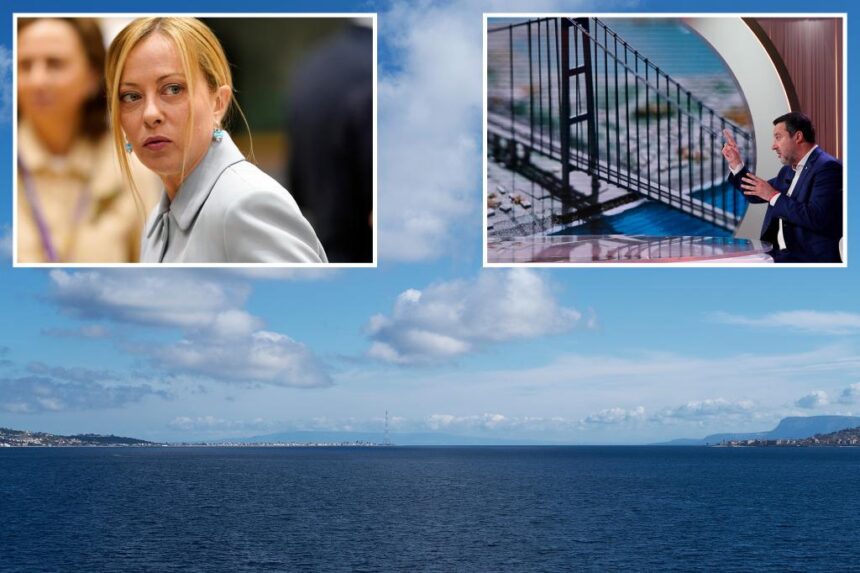Italy’s plan to increase defense spending to 5% of GDP has raised eyebrows, with critics questioning the feasibility of such a move. The country currently allocates only 1.49% of its GDP to its military, far below the NATO target. To bridge this gap, the Italian Prime Minister Giorgia Meloni has proposed reclassifying a proposed bridge over the Strait of Messina as a national security expenditure.
The bridge, which would be the world’s longest suspension bridge, has long been a dream of Italian leaders but has faced numerous challenges, including its exorbitant cost. By redefining the bridge as a strategic asset for NATO, Italian authorities hope to justify the expenditure as a necessary defense investment.
While some argue that the loophole may be permissible under NATO rules, opposition parties have criticized the proposal as a waste of money. Giuseppe Antoci from the left-wing populist 5Star Movement called it a “mockery” of NATO commitments and urged the government to reconsider.
Despite the controversy, final authorization for the project is expected in July, with Deputy Prime Minister Matteo Salvini suggesting that the bridge be named after former Prime Minister Silvio Berlusconi. With ongoing debates and skepticism surrounding the plan, Italy’s efforts to boost its defense spending through infrastructure projects continue to be a topic of contention.








